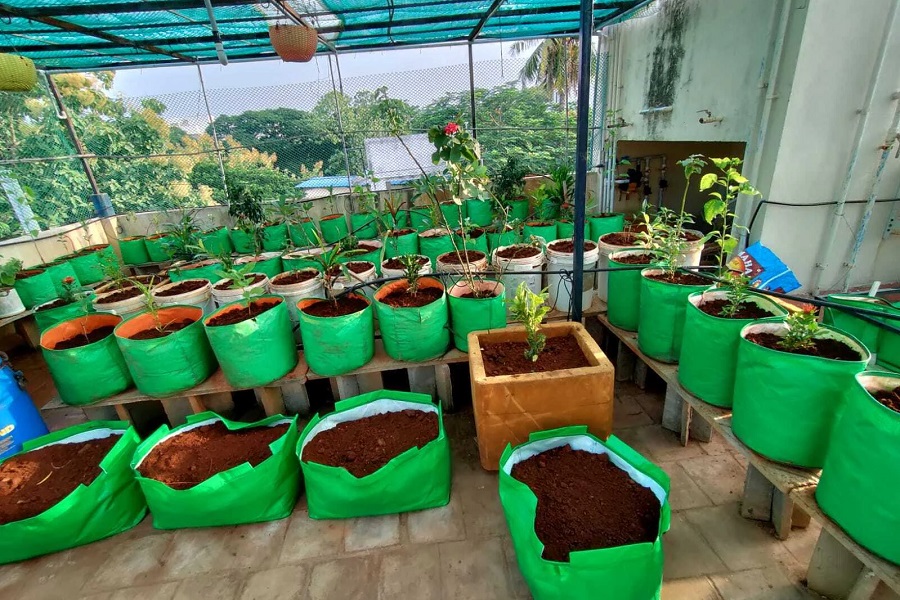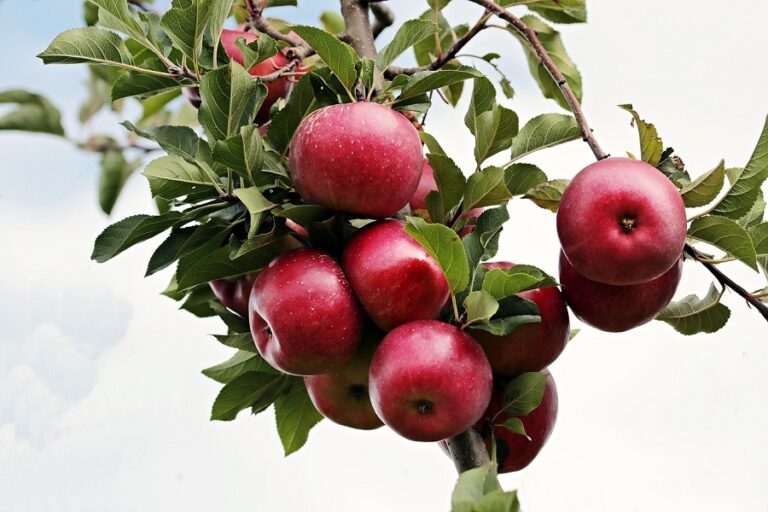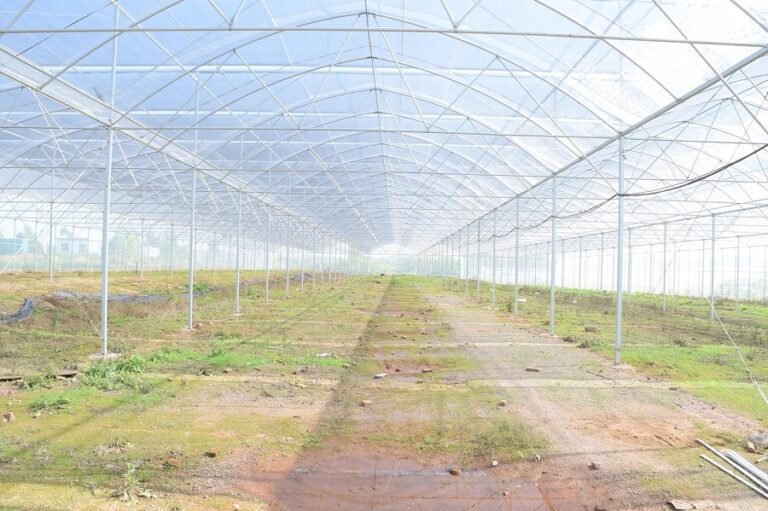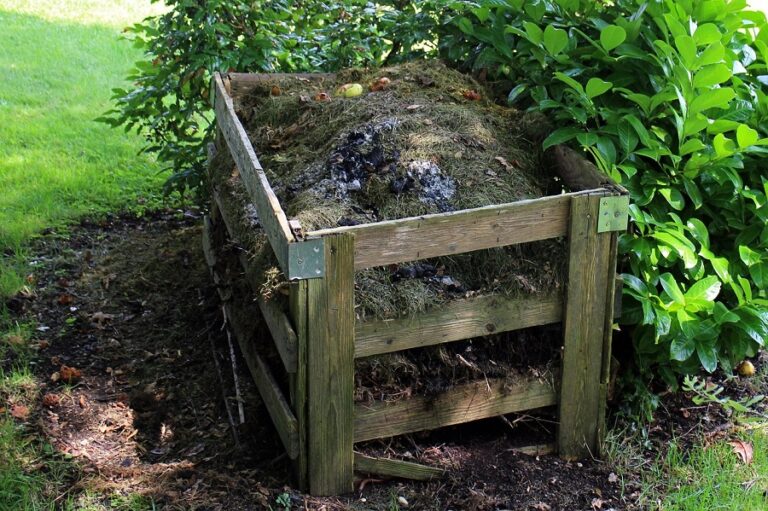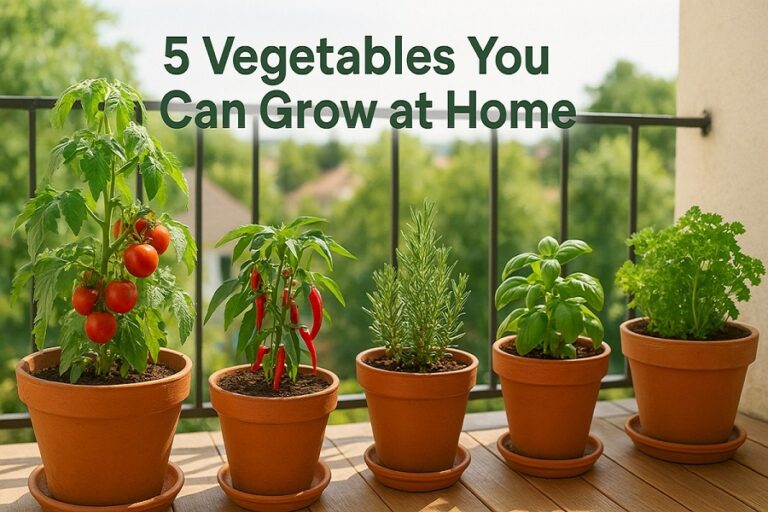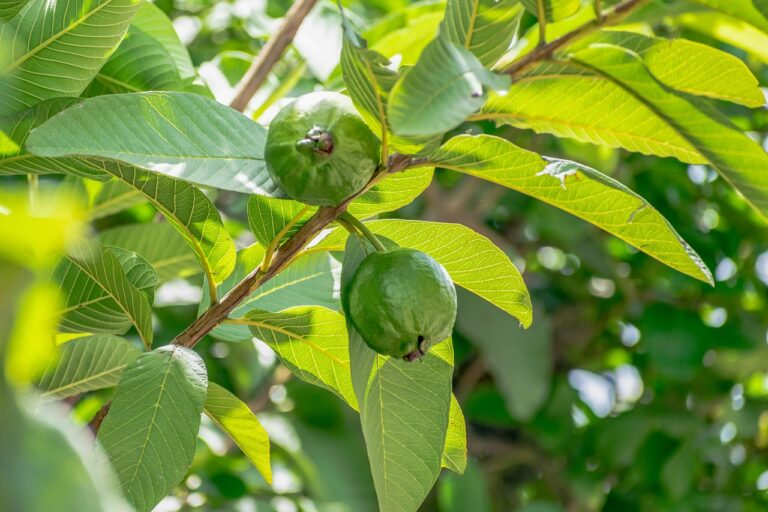How to Start Terrace Gardening in India (Step-by-Step Guide)
Urban living often means limited space, but that doesn’t mean you have to give up the dream of growing your own vegetables, fruits, and herbs. Across India, terrace gardening is gaining popularity as a sustainable, affordable, and rewarding way to bring farming into the city. Whether you live in an apartment, a bungalow, or a rented house with a rooftop, you can transform your terrace into a lush, green haven.
In this article, I’ll share a complete step-by-step guide on terrace gardening in India—including setup, plant selection, soil preparation, and maintenance. With over a decade of experience in farming and helping urban families start their gardens, I’ll also include practical tips that can save you time and money.
Why Terrace Gardening is Perfect for Indian Homes
Before we get into the steps, let’s quickly look at why terrace gardening has become such a movement in India:
- Fresh, chemical-free food: You know exactly what goes into your plants.
- Saves money: Homegrown vegetables and herbs reduce grocery bills.
- Beats stress: Gardening is therapeutic and helps improve mental health.
- Environmental benefits: More greenery means lower terrace temperature and less urban heat.
- Efficient use of space: Ideal for cities where land is scarce.
Step 1: Check Your Terrace
The first step in terrace gardening is ensuring your rooftop is safe and suitable:
- Weight capacity: Make sure the terrace can handle the extra load of soil, pots, and water. Consult an engineer if needed.
- Waterproofing: Apply proper waterproofing or place protective sheets to avoid leakage issues.
- Sunlight: Most vegetables need at least 5–6 hours of sunlight daily. Identify the sunny and shaded spots.
- Water access: Ensure there’s an easy source of water, preferably a tap on the terrace.
Step 2: Plan Your Garden Layout
Draw a simple plan of your terrace. Divide it into sections based on available space:
- Vegetable zone: Tomatoes, brinjals, chillies, spinach, okra, etc.
- Herb zone: Coriander, mint, basil, curry leaves.
- Fruit zone: Guava, pomegranate, lemon, and papaya in large containers or drums.
- Flower zone: Marigold, hibiscus, and roses to attract pollinators.
Using vertical gardening racks, shelves, and hanging pots can help maximize limited space.
Step 3: Choose the Right Containers
You don’t need expensive planters to start. Here are some options widely used in India:
- Plastic grow bags (lightweight and affordable)
- Clay pots (traditional but heavier)
- Old buckets, crates, or paint drums (cost-effective recycling)
- Wooden boxes lined with plastic sheets
Make sure all containers have drainage holes at the bottom to prevent waterlogging.
Step 4: Prepare the Soil Mix
Good soil is the foundation of a healthy garden. For terrace gardening, a light, well-draining mix is best. Here’s a tried-and-tested recipe:
- 40% garden soil (sieved to remove stones)
- 30% compost (kitchen waste compost or vermicompost)
- 20% cocopeat (for moisture retention)
- 10% sand (for better drainage)
This mixture is light, nutrient-rich, and ensures roots can breathe properly.
Step 5: Select the Right Crops
Not all plants thrive on rooftops. Start with easy-to-grow vegetables and herbs before moving to fruits. Here are some options:
- Easy vegetables: Spinach, fenugreek, amaranthus, okra, beans, brinjal.
- Salad greens: Lettuce, coriander, mint, rocket leaves.
- Fruits: Papaya, lemon, guava, pomegranate.
- Climbers: Bottle gourd, bitter gourd, ridge gourd—train them on a trellis.
As your confidence grows, you can experiment with exotic herbs like oregano and thyme or even strawberries.
Step 6: Watering and Fertilization
Watering is critical for terrace plants since containers dry faster than soil beds. Keep these points in mind:
- Water early in the morning or late in the evening to reduce evaporation.
- Avoid overwatering—check the soil before watering again.
- Use organic fertilizers like compost, neem cake, or cow dung at regular intervals.
Drip irrigation kits for terraces are also available online and save a lot of effort.
Step 7: Pest and Disease Management
Terrace gardens are usually less prone to large pest attacks, but some insects like aphids and mealybugs may appear. Use natural methods for control:
- Neem oil spray for most pests.
- Garlic-chilli spray as a natural repellent.
- Encourage ladybugs and butterflies—they are natural protectors.
Step 8: Maintenance and Harvesting
Regular care is the secret to a successful terrace garden. Keep these habits:
- Prune plants to encourage fresh growth.
- Harvest vegetables at the right time for better yield.
- Rotate crops every season to avoid soil nutrient depletion.
- Keep a small compost bin on your terrace for continuous organic manure supply.
Tips from My Experience
After years of helping families set up terrace gardens, I’ve seen that the biggest mistake beginners make is overcomplicating things. Start small—just a few pots of spinach, coriander, or chillies. Once you taste your own homegrown food, the motivation to expand will come naturally.
Also, don’t shy away from using recycled containers. I’ve seen thriving gardens in old paint buckets and broken bathtubs!
Conclusion: A Greener, Healthier Future
Terrace gardening in India is more than a hobby—it’s a lifestyle choice that promotes health, reduces expenses, and helps the environment. With the right setup and a little patience, anyone can enjoy the joy of harvesting fresh vegetables and fruits from their rooftop. Remember, you don’t need to be an expert farmer; you just need to take the first step.
If you’ve been thinking about starting a terrace garden, begin this weekend with a few pots of spinach or coriander. Who knows? Your terrace might soon become the greenest spot in your neighborhood.
FAQs on Terrace Gardening in India
Q1. Do I need professional help to start terrace gardening?
Not necessarily. With basic knowledge and the right soil mix, anyone can start terrace gardening at home.
Q2. What vegetables are easiest for beginners?
Spinach, coriander, chillies, and okra are beginner-friendly crops that grow quickly and require minimal care.
Q3. How do I prevent terrace leakage due to gardening?
Proper waterproofing and using trays under containers prevent water seepage. Always check your terrace condition before starting.
Q4. Can I grow fruit trees on my terrace?
Yes, small fruit trees like lemon, guava, papaya, and pomegranate grow well in large drums or containers.
Q5. How much will it cost to set up a terrace garden in India?
A small starter garden can be set up for ₹2,000–₹5,000 using grow bags, pots, and compost. Costs depend on the size and choice of containers.
